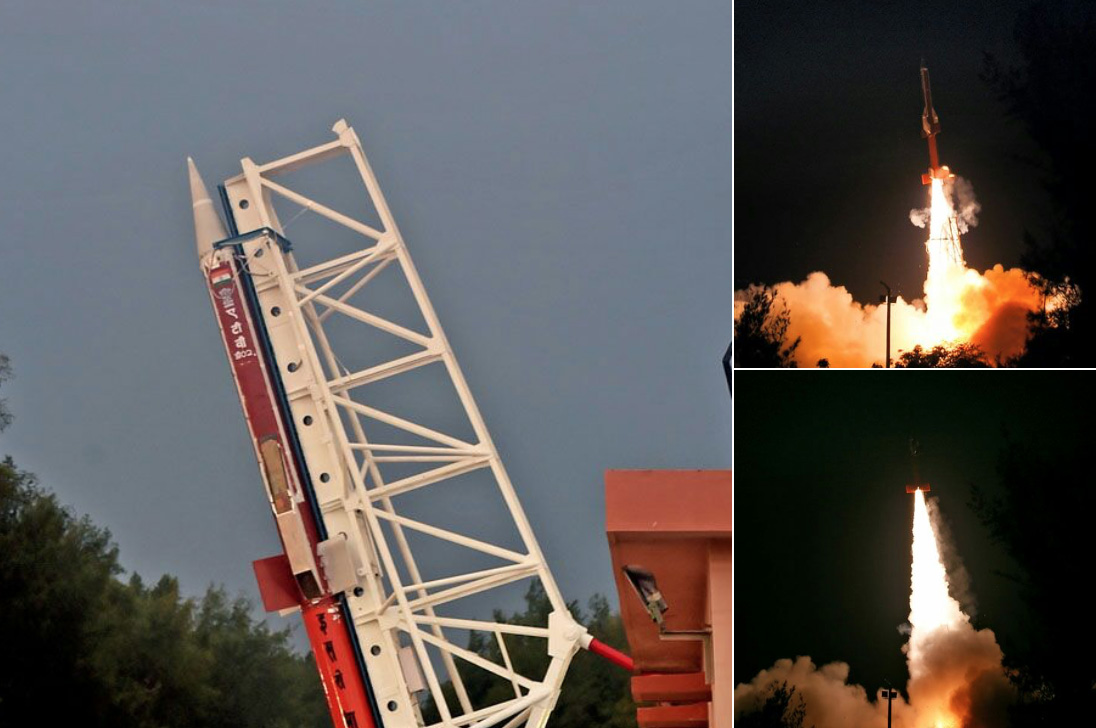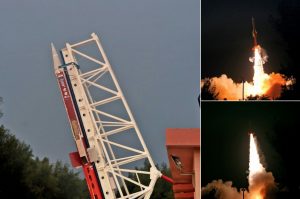
Scramjet testing

NASA’s probe Juno, moving at 130,000 mph (208,000 km/h), has made its first close approach to the planet Jupiter, 2600miles (4200km) above, since going into orbit in July. Juno had all is instruments and camera switched on and is ready for the encounter. Nasa expects to release some high resolution images from the approach in the next few days. The closest approach was set for 12:51GMT.
Juno’s aim is to probe the secrets of the Solar System by explaining the origin and evolution of its biggest planet. We should finally discover if Jupiter has solid core or if its gas merely compresses to an ever denser state all the way to the centre. We will also find out on the famous Great Red Spot – the colossal storm that has raged on Jupiter for hundreds of years. Controllers will send the probe on another 53-day orbit before firing the probe’s engine once again on 19th October to tighten the circuit to just 14 days.
On February 2018, the spacecraft will be commanded to make a destructive dive into Jupiter’s atmosphere.
Jupiter is 11 times wider than Earth and 300 times more massive and takes 12 Earth years to orbit the Sun: a day is 10 hours long. Jupiter has mostly hydrogen and helium and under pressure Hydrogen becomes an electrically conducting fluid, and the metallic hydrogen’ is likely the source of the magnetic field. Most of the visible cloud tops contain ammonia and Hydrogen sulphide and its stripes are created by strong east-west wind.. The great red spot is a giant storm vortex twice as wide as Earth.
The Indian Space Research Organisation successfully tested its own scramjet on 28 August 2016. Scramjet is an engine that takes atmospheric oxygen to burn engine fuel. Two scramjet engines took off from the rocket port located at Satish Dhawan Space Centre (SDSC) in Sriharikota in Andhra Pradesh in India.
“The mission was successful as the two scramjet engines were tested during the flight The scramjet engines were ignited 55 seconds into the rocket’s flight and tested for 6 seconds” according to a senior ISRO official.
The engine, used only during the atmospheric phase of a rocket’s flight, will help to bring down launch costs by reducing the amount of oxidiser that needs to be carried along with fuel. It will eventually be used to power ISR’s reusable launch vehicle at hypersonic speeds.
Unlike conventional rocket engines which carry both fuel and oxidizer, the scramjet engine with its air-breathing propulsion system technology will forcefully compress atmospheric oxygen when the rocket is in supersonic speed. The atmospheric oxygen will act as an oxidizer to burnt the liquid hydrogen (fuel) being carried. Following this test, the scramjet engine will be tested on a full scale Return Launch Vehicle (RLV) for its ability to land on a runaway.
While several countries like Europe, Russia, China and Japan are a still on supersonic combustor technology, NASA demonstrated scramjet propulsion in 2004 followed by ISRO in 2006.
